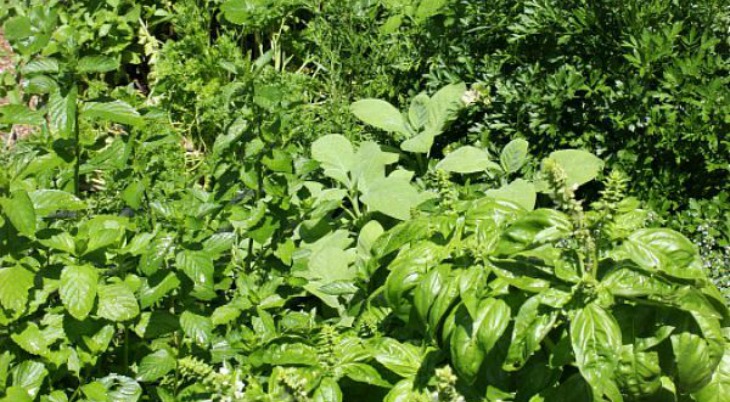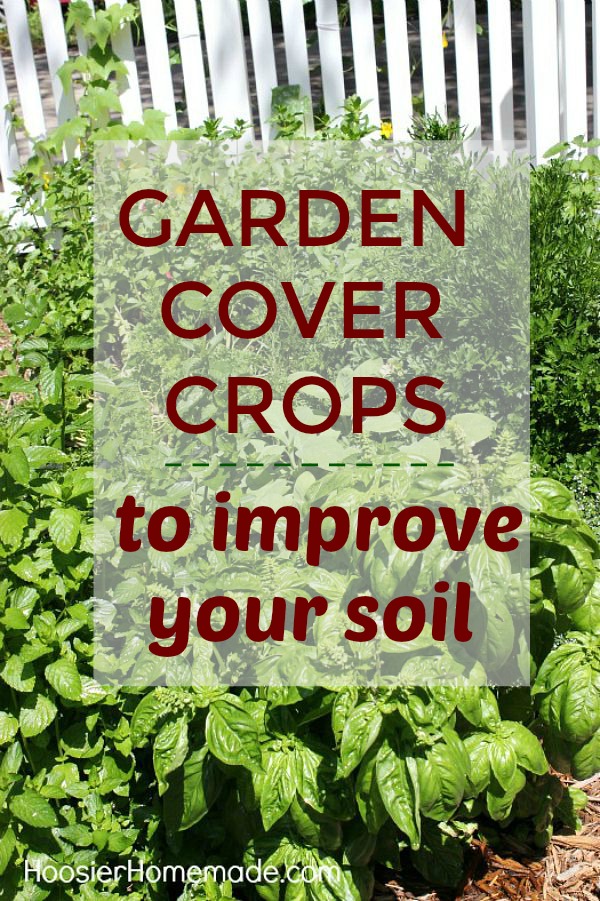Garden Cover Crops to Improve Your Soil

Garden Cover Crops make your garden more productive by protecting the soil from erosion, adding nutrients back into the soil and increasing organic matter over time.
Gardening has long been a task where utilizing nature’s own systems have been integral to it’s success. Every gardener is an environmentalist and strives to protect the land that they use to produce fruits and vegetables. The use of cover crops is one of the first ways that people improved their land.
What is a Cover Crop?
A cover crop is any plant planted in the late summer through fall to hold the soil from eroding during winter snows and rain that will be tilled under in the spring.
Cover Crops are useful in the garden for more than erosion control, they also have long been used to build up soils lacking essential minerals and nutrients by boosting the available organic matter in the soil. Over time this can result in a significant change.
And if you like your garden neat and tidy cover crops can be planted in areas to give it a finished look through fall and winter.
Options for cover crops for your garden include fast growing crops like oats, winter ryegrass, peas and buckwheat. Recently there has been a push to use radishes as their quick growth and long tap root do an excellent job of breaking up any natural or tiller caused hardpans. Even weeds can perform well as cover crops if they are not left unchecked and are tilled under in the spring before they can produce seeds.
Cover crops can be used during your regular growing season to suppress weeds in areas that you do not have crops growing and also Dutch white clover makes a great natural carpet in between garden rows making a living mulch. Just mow it once a month to keep it from seeding and becoming a weed problem.
